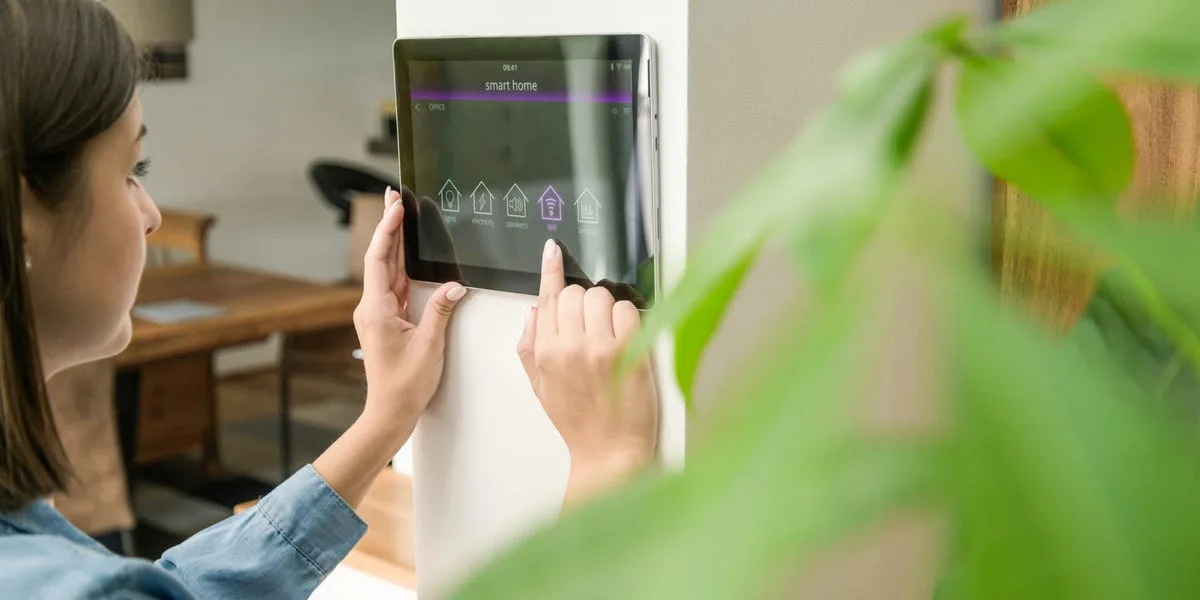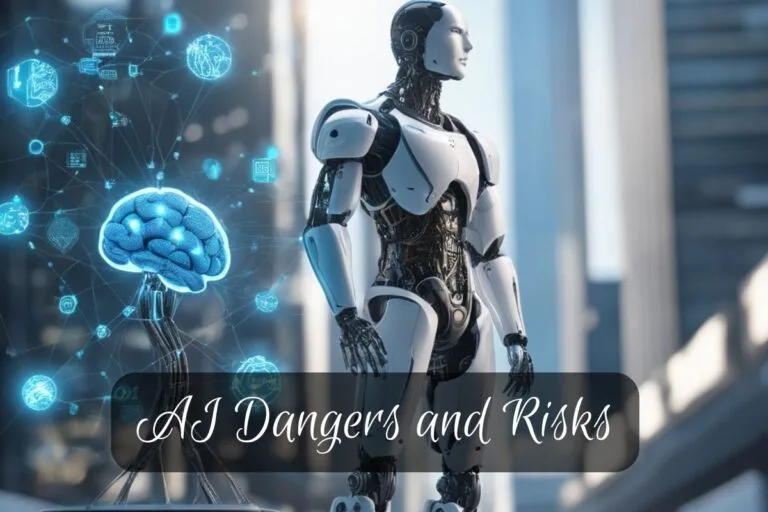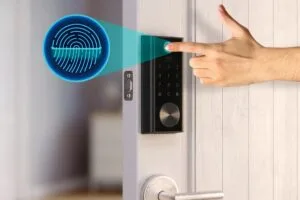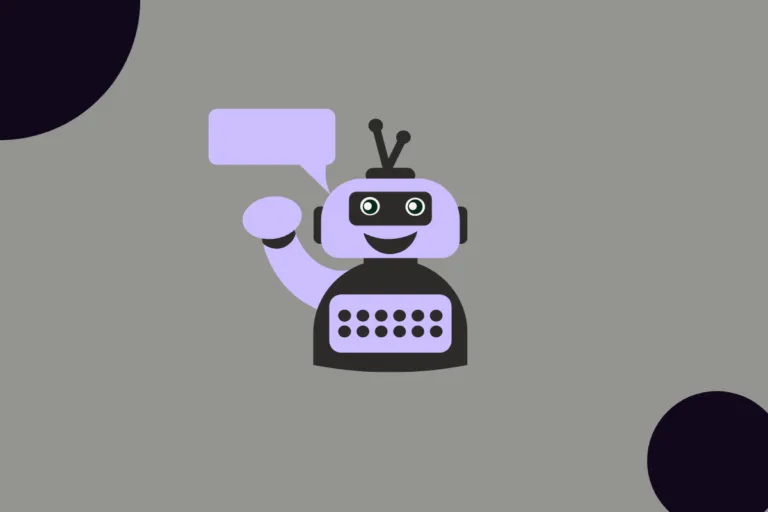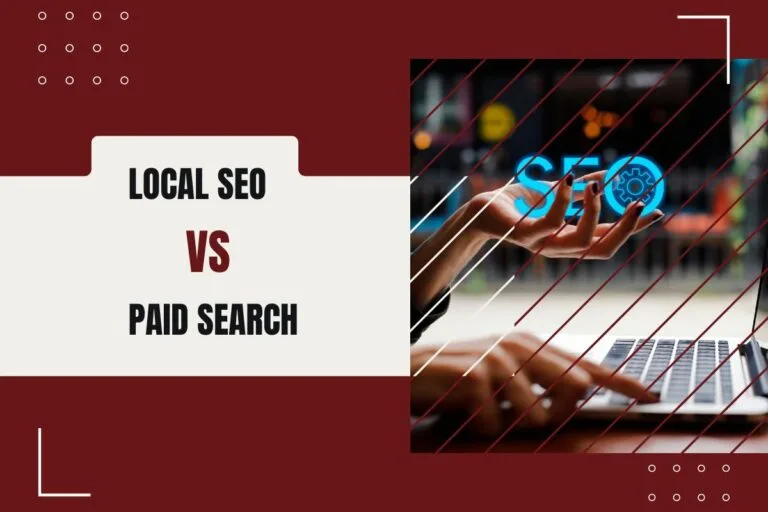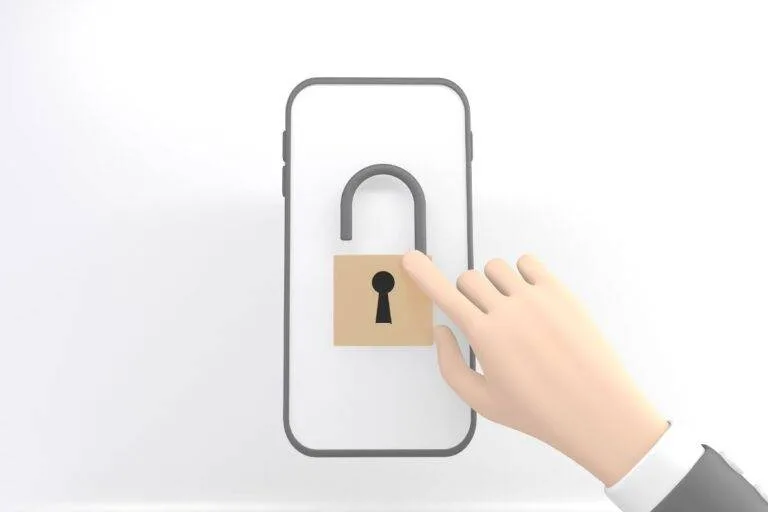[responsivevoice_button rate=”1″ pitch=”1.2″ volume=”0.8″ voice=”US English Female” buttontext=”Story in Audio”]
Exclusive: Why Samsung’s SmartThings is going all-in on software
- Samsung’s SmartThings is at the tail end of an 18-month transformation to stop hardware production and pivot entirely to software.
- The smart home automation firm isn’t laying off employees amid the shift. Instead, the hardware team will focus on expanding the scope of partner products that will run SmartThings software.
- The move is a bid to differentiate itself from rivals like Amazon and Google, and SmartThings sees it opening the door for more residential buildings to use its automation tech.
- To support the transformation, SmartThings increased hiring by 20% with a focus on software engineers, according to head engineer Mark Benson.
- Visit Business Insider’s homepage for more stories.
Sign up here to receive updates on all things Innovation Inc.
Big changes are coming in the smart home automation market.
Since it was purchased by Samsung in 2014, SmartThings has gone toe to toe with rivals like Amazon and Google to create products to allow residents to do common tasks — like controlling the air temperature — all through a mobile application.
It manufactured hubs, for example, that consumers could link to everyday items and manage remotely. But it also made innovative products that are becoming more commonplace, such as intelligent light bulbs or security cameras.
Business Insider can exclusively reveal that SmartThings has just undergone an 18-month transformation and is no longer manufacturing its own hardware. Instead, it’s focused on new software offerings that create a “highly differentiated experience” for consumers, according to engineering head Mark Benson.
The pivot will enable SmartThings to continue to build out its consumer products by expanding into more home appliances, as well as introduce new innovations targeted specifically at larger residential buildings — like apartment complexes.
Expanding outside single-family homes is an increasingly hot market for automation. Honeywell and Siemens, for example, are both rushing to introduce offerings aimed at helping firms return employees to the office safely post-pandemic.
“When the company began, SmartThings created hardware out of necessity in order to stimulate user growth and adoption. And that strategy, frankly, has been very successful today,” Benson told Business Insider. “We’re looking to build on that success and partner with companies that are leaders in the smart home automation space that we can enlist to manufacture and distribute SmartThings hardware.”
Samsung is one of the world’s best-known consumer electronic companies — manufacturing smartphones, refrigerators, and televisions, among other popular products. SmartThings now serves as the conduit that enables automation in products like new vehicles, so this pivot to software isn’t affecting Samsung’s plans.
The overhaul isn’t expected to lead to any layoffs, either. Instead, SmartThings is shifting its hardware experts’ responsibilities into helping to build out a bigger ecosystem of firms that will manufacture the partner products that run its software.
The company plans to announce additional hardware partners in the coming months, per Benson. Earlier this year, it hinted at an alliance with Ruckus Networks.
And it’s hiring software engineers in droves to help create the new offerings. In the last year, Benson said, its hiring grew by 20%, and 85% of its new positions have focused on software engineering.
The aim isn’t to compete more directly with Amazon or Google. Instead, Benson said it’s about broadening out the customer base with new features that differentiate SmartThings from those rivals.
‘This year is a turning point’
Smart home automation is already a huge market, but it’s been largely focused on basic connectivity and monitoring — think the controversial “Ring” device that allows users to see who is at their door instead of relying on outdated intercoms.
And its growth has been stymied by, among other things, complicated systems that don’t work well with one another. That limited exposure to early adopters who would shell out big money for products that would only work with one company’s technology.
But Benson said many of those hurdles have been addressed and he expects the market to explode. SmartThings currently has 60 million active devices, per Benson, a number that doubled in the past year alone.
“We’re seeing rapid adoption of smart home technology. And this year is a turning point year,” he said. ” Users will look beyond those simple use cases and really want to use technology to make their lives better.”
That could include innovations that reduce energy usage in homes or make it easier to care for elderly family members. Tech-enabled windows, for example, could allow for automated closures when inclement weather hits.
And in the future, smart homes could even begin to understand a resident’s behavior and independently complete actions like turning off a light without a user having to open the application and do it manually or schedule it.
Part of what held back some advancements in the industry was a plethora of devices that couldn’t “talk” to one another. Now, there’s a shift to make more of the competing systems interoperable with one another.
SmartThings, for example, is a member of an alliance with tech behemoths like Amazon and Google that is aimed at creating devices that work with multiple digital assistants at once.
“The number one problem holding IOT back from mass adoption is complexity. It’s the complexity of the setup of the use of devices, and then also the interoperability of those devices between other platforms and devices.” said Benson.















